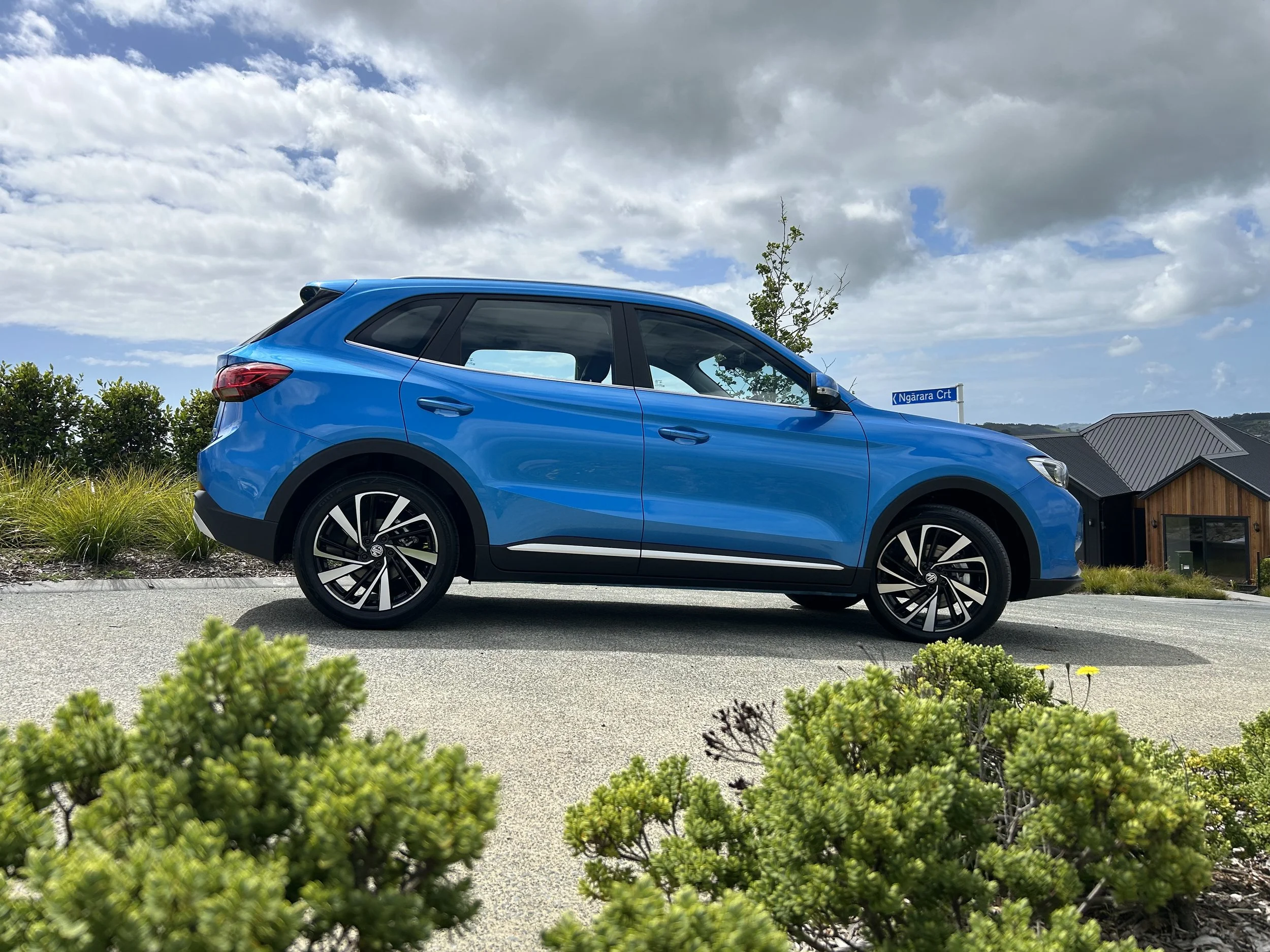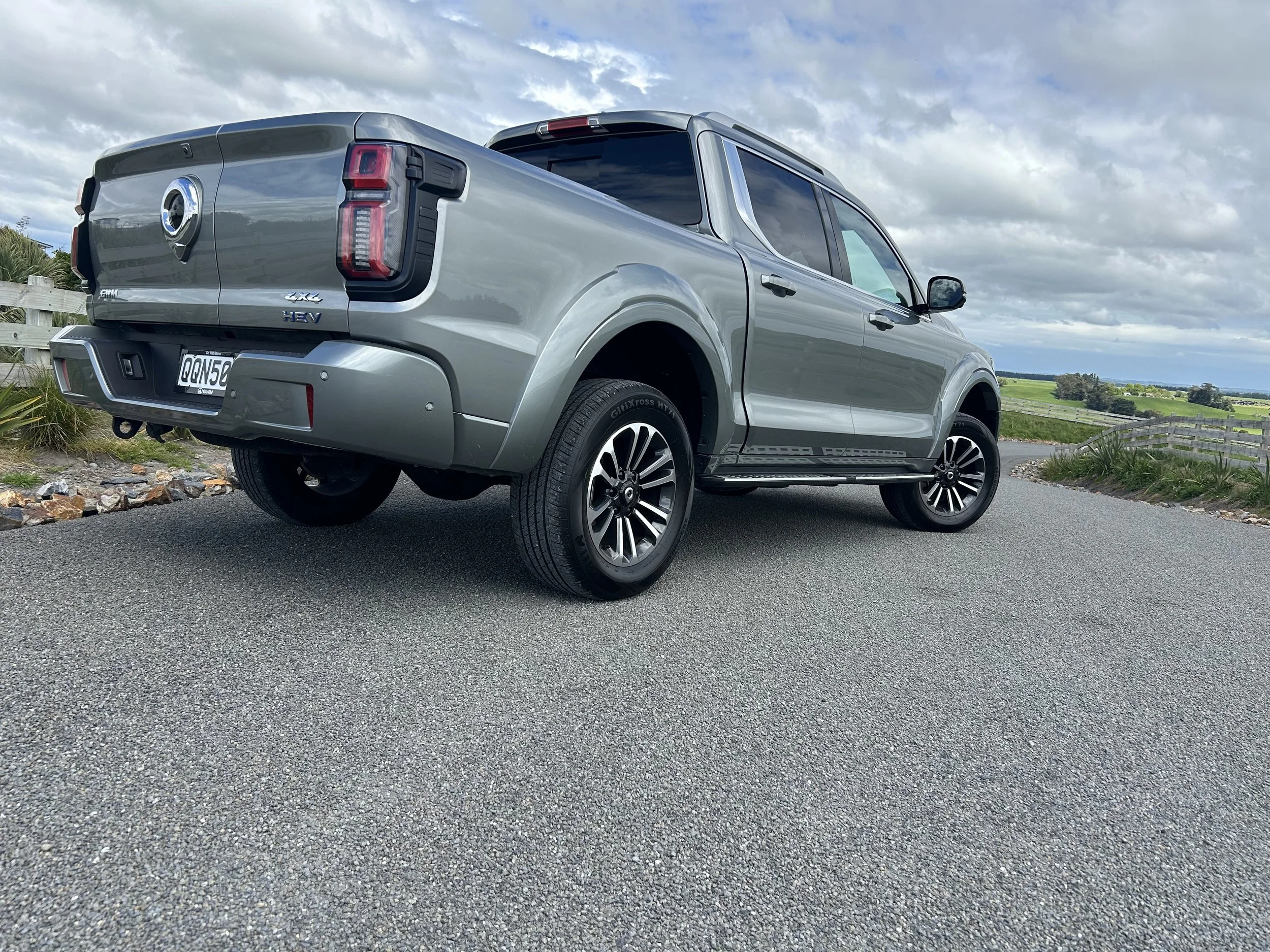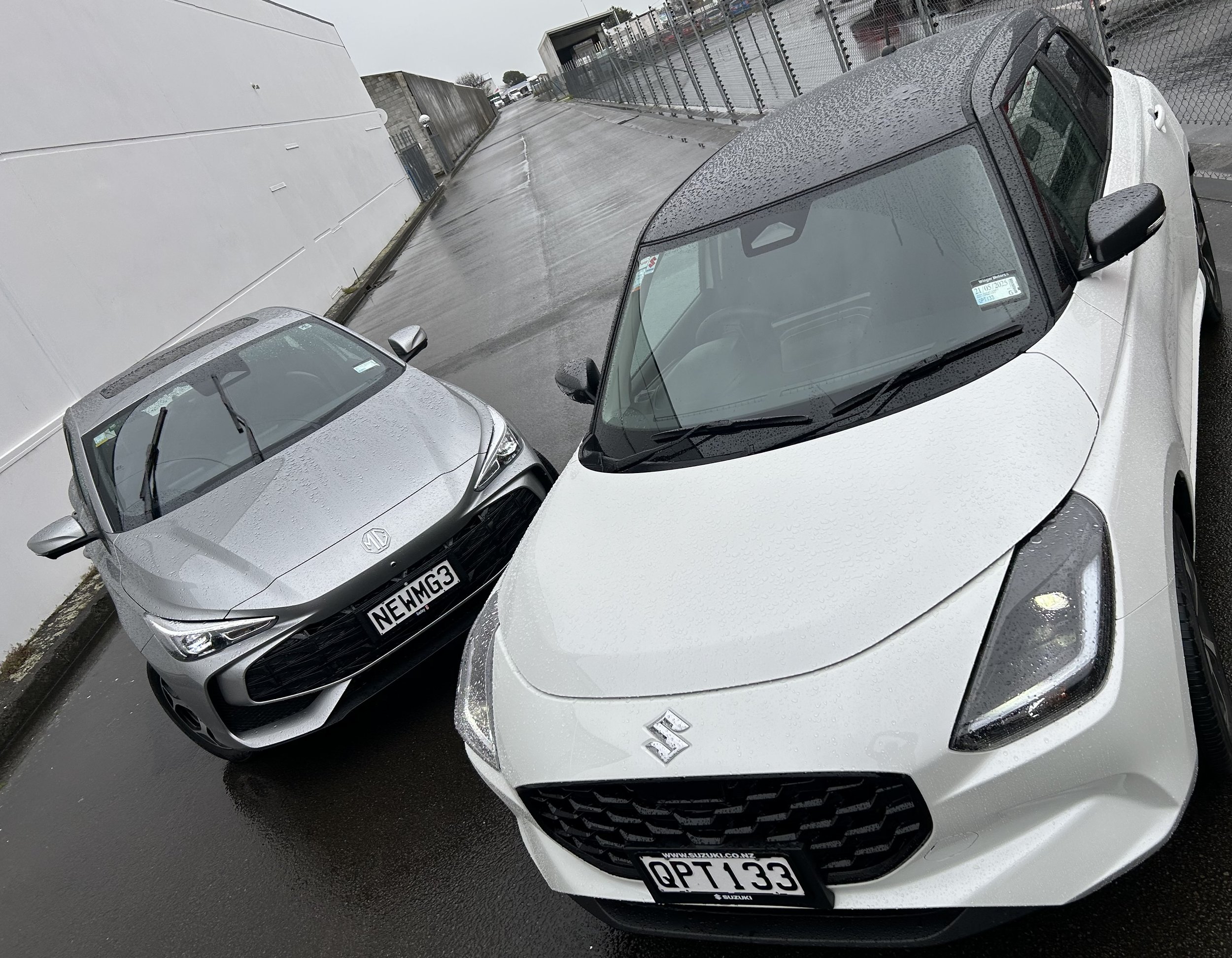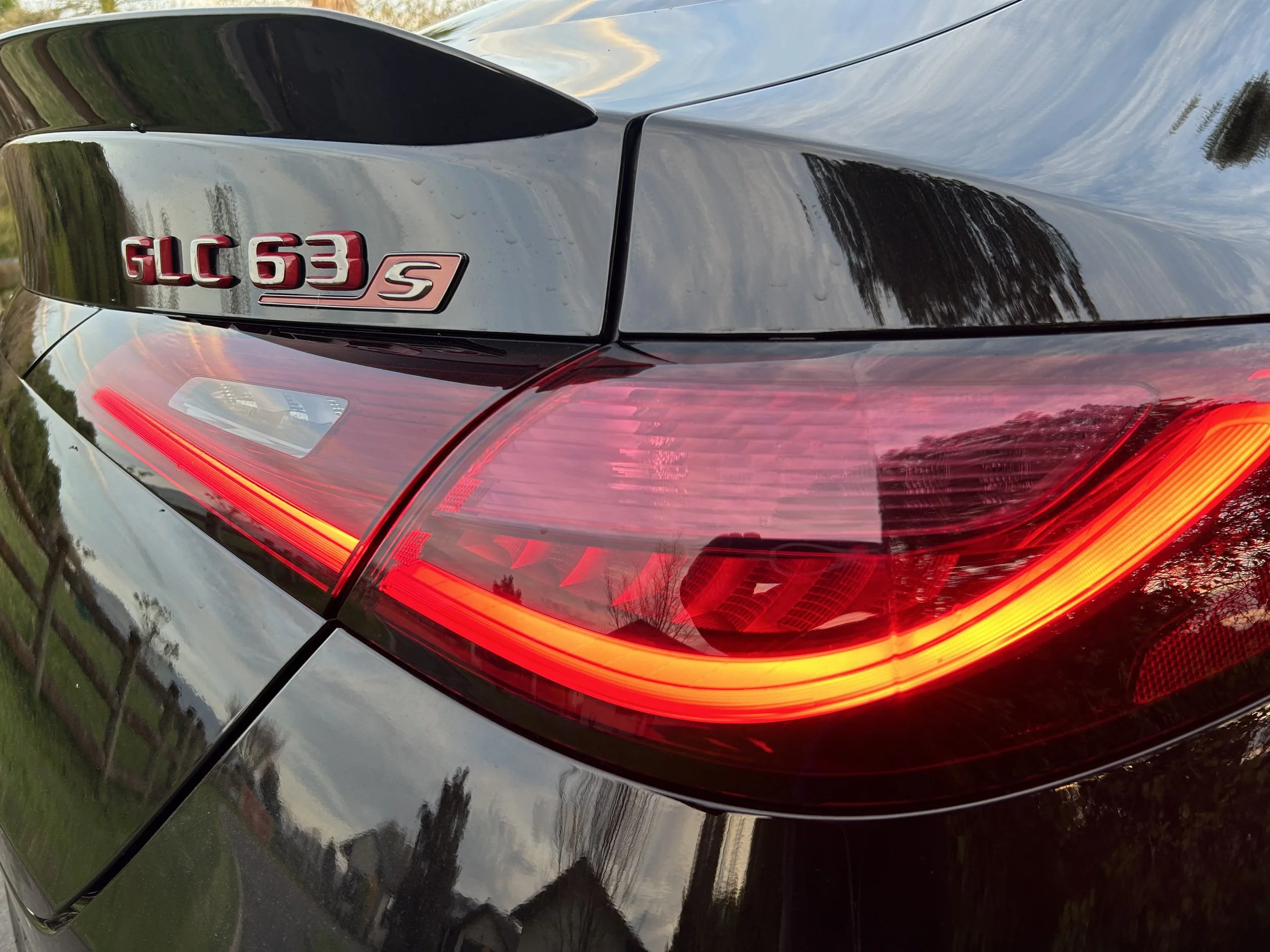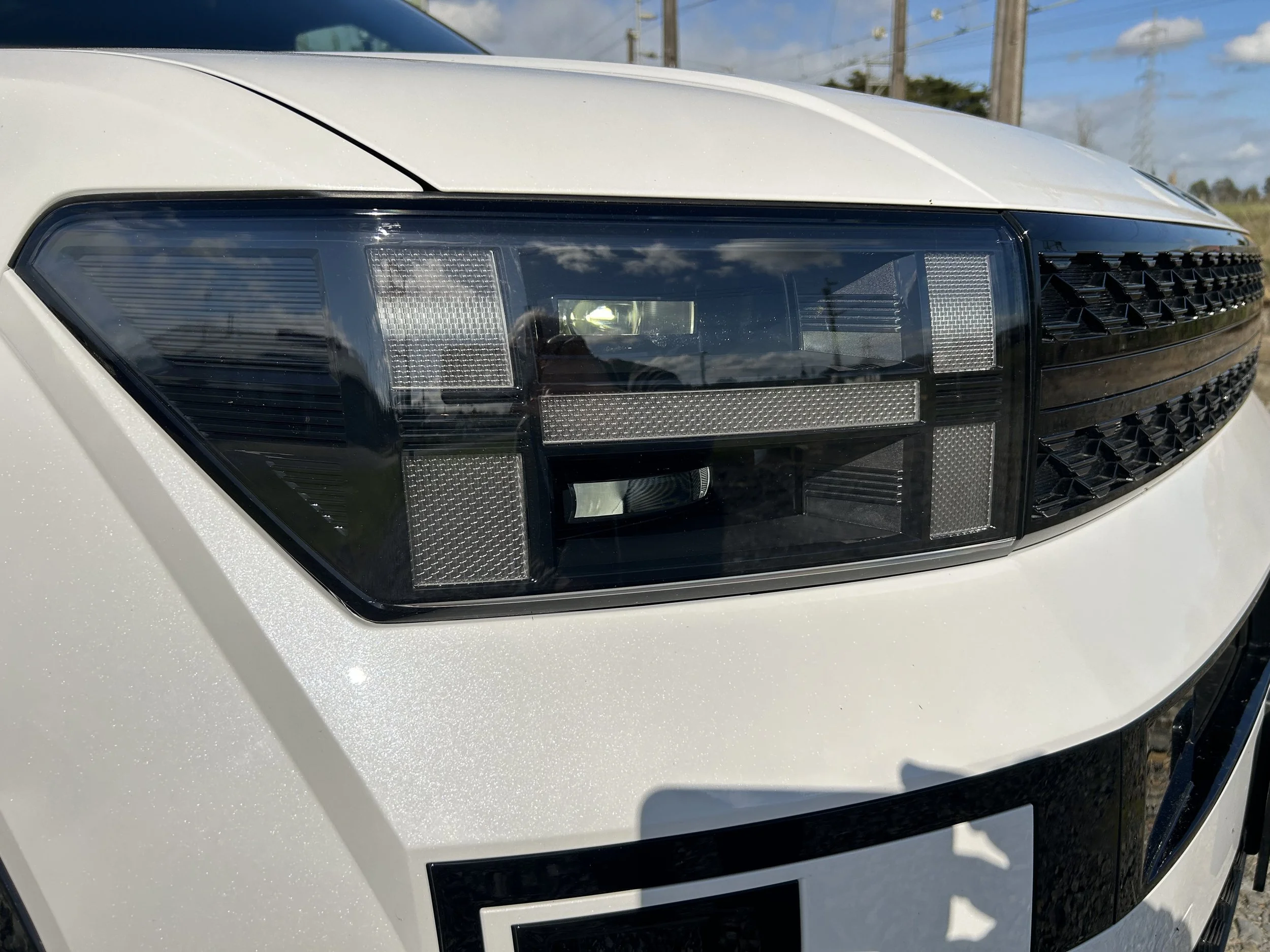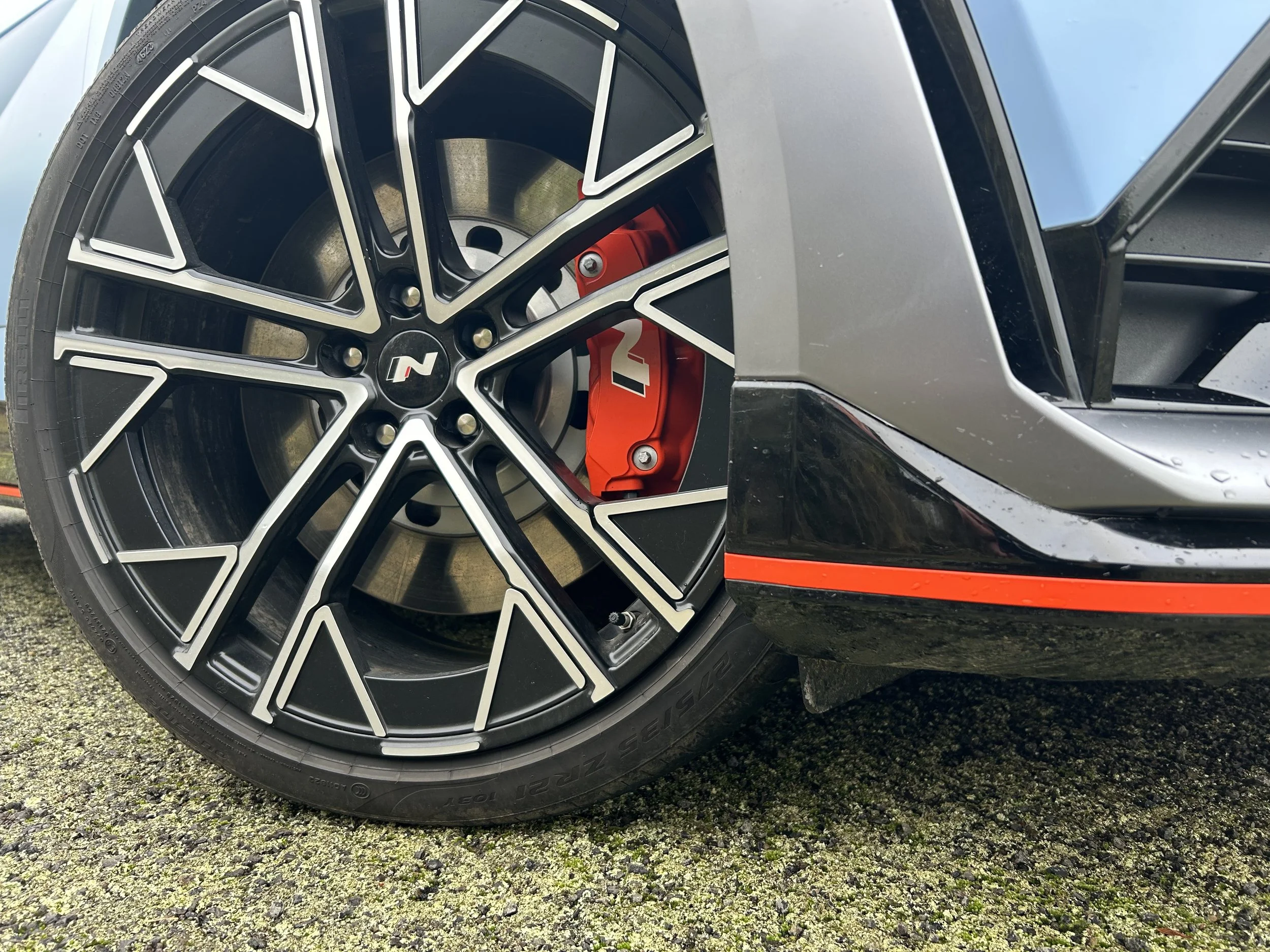Mercedes-Benz GLA 250 4Matic: Social climbing comes first
/
Don’t get at too hooked up about judging this car by what its badge implies.
Price: $86,500.
Powertrain and performance: 2.0-litre four-cylinder turbocharged petrol engine. 165kW/5500rpm, 350Nm/1200rpm. All-wheel-drive. Combined cycle fuel consumption 7.5L/100km (claim), 8.7L/100km (road test).
Vital statistics: Length 4417mm, height 1494mm, width 1804mm, wheelbase 2699mm. Wheels: -inch alloys with 235/50 R19 tyres.
We like: MBUX interior, smart looker, a hatch with extra ability.
We don’t like: The $6000-dearer GLB 250 makes more sense in the SUV role and has seven seats, no adaptive cruise control.
IN ‘Mercedes speak’ GL stands for Gelandewagen - literally ‘off-road vehicle’ but suggestively more akin to ‘go anywhere over any terrain with jaw-jutting confidence’ – but when meeting the GLA 250 4Matic, it’s really quite obvious the translation is, erm, a bit optimistic.
That’s not to say it lacks a degree of robustness; more a reminder that, as is often the case with this kind of vehicle, ‘road’ has more relevance to ‘rugged,’ so it’s tailored accordingly.
Take in this shape at the kerbside and it come as across much more strongly as a sporty, if bulked up, five-door five-seat hatchback than something that’d be up for joining a four-wheel-club endurance outing.
There’s certainly nothing junior G-wagen about how it drives, either. As much as Mercedes will attest that the AWD variant as tested are handy when the metal road turns to a dirt track, chances are the one function on the Dynamic Select system least likely to be used with frequency is the Off-Road mode. As rugged as the whole car in engineered to be, it just feels way too premium to risk for mud-plugging.
No problems there. When did you ever see one its rivals – and, to Benz, they include the Audi Q2 and Q3, BMW X1 and X2, Jaguar E-Pace, Lexus UX and Volvo XC40 – clambering to a mountain top, smashing through a boghole or taking on a windswept beach? Exactly.
What also comes into question here, as well, is the ‘A’ part of the name. The obvious inference is that you’re looking at a bulked up member of the A-class family, The most compact, mainly (with exception of the AMG 45 hotshot) city-contrived hatchback that aims at everyone from young first-car buyers to those seeking a second set of wheels for town and around.
Can you see it? Erm, not really. Appearances again speak to a different bloodline and unpacking the development makes association seem all the more tenuous.
Really, it’s actually more correct to track that to the Mercedes B Class and GLB, as they are the other models on the platform that the GLA establishes upon. Put them together and it’s plainly obvious that the GLA picks up elements of both co-shares in terms of its exterior and interior styling and layout.
Don’t think this is a whinge. If anything, this car being not quite as it seems is a strength. The big appeal of this car is as with some rivals; it steps out of a proscribed zone. It’s a bit different, a bit edgy and, because of that, it’s a bit more interesting.
The styling direction is one appeal. The general design influence is plainly from the larger SUVs in the line-up. The manner is which everything is beefed up is certainly set to raise comment and, agreed, the vibe from some angles is better than from others. Yet nothing looks bodybuilder-on-a-steroids-binge obscene. One immediate plus is that the glass to metal ratio looks just right.
This is Benz’s second tilt at designing this car. Alterations over the previous blueprint are mainly to do with scale. The second-generation is most obviously larger than its predecessor, not in length but in height – it’s a good 104mm taller – and the wheels are 30mm further apart front-to-rear, too, so the overhangs are much shorter. That’s conceivably better for the off-roading no-one will ever entertain, but is not wasted effort, as it also enhances the way it presents.
Mercedes is on a real roll in respect to its interiors; not just in general look and ambience – which is always swish – but also with its technology. The MBUX displays and functionality is likely the envy of all category rivals and though the ‘hey Mercedes’ voice control function is a bit frivolous, it’s impressive how it synchs neatly with Apple CarPlay’s Siri.
You do have to be careful avoiding your hand or wrist across the touchpad that sits just ahead of the display console; even the lightest touch can trigger unintended consequences. There’s no great chance of this happening with frequency because it’s another of those many Benzs that have a steering column mounted drive selector in place of a centre-set gear stick, so as to free up space in the centre console. The gear wand is likely something that will become second nature if you were a permanent owner, but for those who don’t have that chance, it’s invariably going to mis-interpreted as an indicator at some point. That’s only an issue for left hand turns, as you’ll pop it into neutral.
The cockpit feel is more car than off-roader, but there are a few details to remind you of it being a SUV, in classification at least. Most obviously, some of the controls are chunkier and the seating position is higher than in a pure road car. By a full 140mm compared to an A-Class, apparently, I mention that because, while it’s obviously a bit taller standing, the GLA doesn’t have much in the way of an SUV stance. So, it’s not a car that you need lift yourself up to get into.
The GLA is potentially not going to cry out of attention as a family car, and not just because it’s probably too plush to risk being besmirched by crayon-wielding junior terrorists, with a panoramic powered sunroof and heated electric front seats.
It’s also not the best size. For one, it is a touch too compact and, for another, even though the back is not too bad for head, shoulder and lower leg room, the seat is set low and the roof and rear window shape do make the back part of the car feel a bit claustrophobic.
Performance is decent. The 250 variant packs a turbocharged 2.0 engine that is good for 165kW and 350Nm, running through an eight-speed twin-clutch gearbox. It’s an eager but smooth engine, not overly hot hatch snappy at kick-off, but very responsive once it gets moving and endowed with good mid-range muscularity. The torque spread is wide and rich; conceivably, that’d be useful if you were heading onto non-sealed terrain. As if.
Even when the driver’s chair is set to its lowest point, you’re sitting relatively high up. There's great visibility in all directions and its comfortable, because the driver's seat and the steering wheel have loads of adjustment.
The driving is brand-typical solid, but there’s a degree of enlivening sharpness; the AMG Line specification does sacrifice suppleness, but it's not anything like outright harsh. The 250 achieves what’s called the Lowered Comfort Suspension setup, which aside from being odd-named makes it look nice but does introduce some fussiness into the ride. For all that, wheel and body control is quite decent, in fact, and more large hatch than small SUV. The only letdown for push-on is that the car will at times outrun the actions of the eight-speed gearbox, at least when it is kept in the default mode. You’ll find yourself livening it up by utilising the gearchange paddles behind the wheel.
There are plenty of incredibly good crossovers and SUVs just in the premium end of the market, but so improved have a number of less expensive mainstream models in this category also become that, really, some of those could be considered as relevant rivals, as well. Really, it does come down to how important a prestige badge is to you.
If the GLA is to outdo its rivals in any key area, it’s in respect to its technology inplementation and functionality; though big screens with lots of trick functions and touch and voice activation are spreading across more vehicles, the MBUX set-up really is still in a class of its own.
So there’s that, and there’s the GLA also being quite stylish in how it looks, plus it drives more like a sporty hatchback than any kind of SUV.
On the other hand, this is the cheapest variant with all-wheel-drive and it’s exactly inexpensive.
Tick a few options, such as our car’s AMG Line and must-have Driving Assistance packages, and you’re up into $90k bracket, where the GLB with the same powertrain, all the same kit and fundamentally far more family-friendly functionality awaits.
If you want the look are seeking to escape some of that hit, then why not the GLA 200: Smaller engine, one fewer cog in the gearbox and front-drive … but frankly, none of that probably penalises if making an impression counts most.























